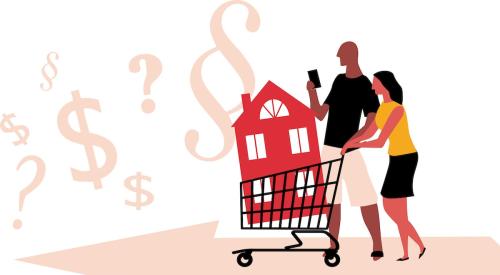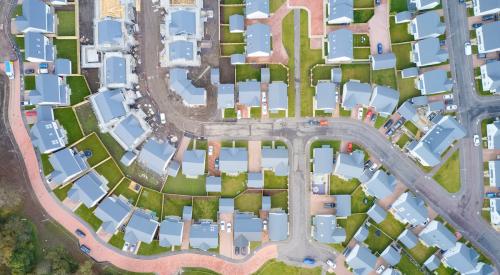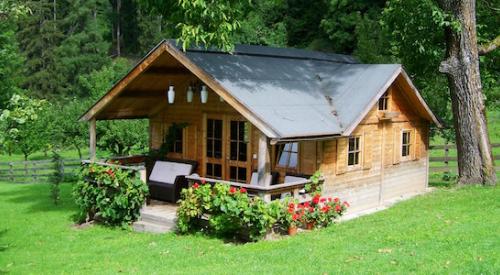Viewing more than 50 homes in a matter of months, upping the budget with each bid, sending handwritten letters in hopes of pulling on the sellers’ heartstrings—it’s all part of real estate’s new normal, says the Washington Post. The race for the winning bid on one Boise home included: an investor couple who had purchased more than 20 homes during the pandemic, a family whose head of the household lived in a camping trailer for months, waiting to finally purchase a home to move his family into the new town, and dozens of others. All were desperate for the chance at moving into the seemingly average three-bed home listed at a price double what the sellers purchased it at three years ago.
McFerrin opened the front door and visitors started to rotate through the house as she greeted them one by one. In came a curious neighbor from down the block. “It’s not as nice as mine, but I still bet it goes way over,” he said. In came an investor from Colorado: “What time would you need an offer?” A few dozen people moved through the house, and then there was also a car that kept cruising by outside, looping circles around the nearby cul-de-sacs.
Craig and Heidi Christensen were tired of crowded open houses and submitting offers that were never accepted. They’d toured the home by themselves with a real estate agent earlier in the day, and now they drove through the neighborhood and stopped at the school to see if it would work for their two high school children. They’d seen more than 50 houses in the past three months, and the only thing that had changed about their housing search in Boise was that the prices continued to rise. They’d gone from looking at homes listed for a maximum of $400,000, to stretching their budget up to $450,000, to now considering spending $500,000 or more.
“It’s on the far, far end of our range,” Craig said. “We’d be looking at five times our old house payment.”
“We need somewhere to live,” Heidi said. “If we keep going like this for another few months, we might be looking at the same places for $600,000. What choice do we have?”
They’d spent the past 20 years living outside Salt Lake City, until Craig accepted a job transfer in March to make canned food in Boise for a network of churches and charities. Food insecurity in the region had doubled during the pandemic, and he’d been hired to help. He wanted to buy a home before moving the rest of his family, so for the past four months he’d been living by himself in a small camping trailer and looking at houses each day after work. Most of the homes he’d seen in his price range tended to have low-slung ceilings, small yards, cramped bedrooms and 45-minute commutes into Boise. “No way these houses can sell for this much!” he’d texted Heidi once, but each time the houses sold for above asking price and were off the market within a week.
They’d only bought one home before, 25 years ago, when $97,000 afforded them a new house with four bedrooms and three bathrooms. The house in Star was smaller, but they liked the high ceilings, the spacious closets and the private backyard. Their agent had told them that they would probably need to offer close to $500,000 with a strong escalation clause.













